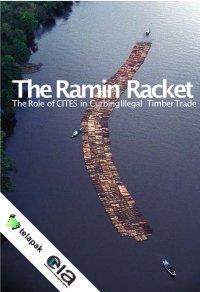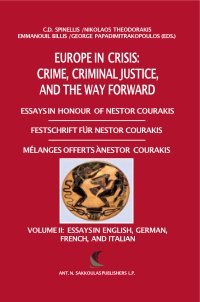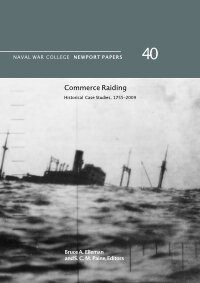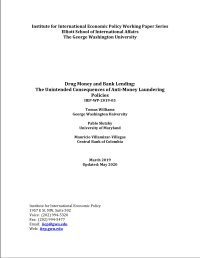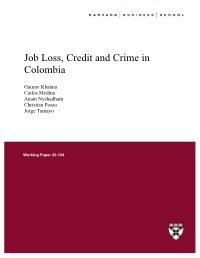By Cristina Eguizábal, Matthew C. Ingram, Karise M. Curtis, Aaron Korthuis, Eric L. Olson and Nicholas Phillips
Throughout the spring and summer of 2014, a wave of unaccompanied minors and families from Central America began arriving at the U.S.-Mexican border in record numbers. During June and July over 10,000 a month were arriving. The unexpected influx triggered a national debate about immigration and border policy, as well as an examination of the factors compelling thousands of children to undertake such a treacherous journey. Approximately two-thirds of these children are from Central America’s Northern Triangle—El Salvador, Guatemala, and Honduras. According to interviews with the children their motives for migrating ranged from fleeing some of the world’s highest homicide rates, rampant extortion, communities controlled by youth gangs, domestic violence, impunity for most crimes, as well as economic despair and lack of opportunity. Many hoped to reunite with family members, especially parents, who are already in the United States. The wave of migrants has underscored chronic problems in the region that stem back decades. It is often assumed that international drug trafficking explains the surge in violence since 2009, but other important factors are also at play. Drug trafficking is certainly a factor, especially in areas where criminal control of territory and trafficking routes is contested, but drugs do not explain the entirety of the complex phenomenon. Other factors have also contributed. While there are important differences among the three countries, there are also common factors behind the violence. Strong gang presence in communities often results in competition for territorial and economic control through extortion, kidnapping and the retail sale of illegal drugs. Threats of violence and sexual assault are often tools of neighborhood control, and gang rivalries and revenge killings are commonplace. Elevated rates of domestic abuse, sexual violence, and weak family and household structures also contribute as children are forced to fend for themselves and often chose (or are coerced into) the relative “safety” of the gang or criminal group. Likewise, important external factors such a weak capacity among law enforcement institutions, elevated levels of corruption, and penetration of the state by criminal groups means impunity for crime is extraordinarily high (95 percent or more), and disincentives to criminal activity are almost non-existent. Public confidence in law enforcement is low and crime often goes unreported.
Washington DC: Wilson Center, Latin America Program, 2015. 296p.














